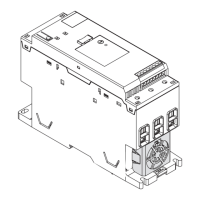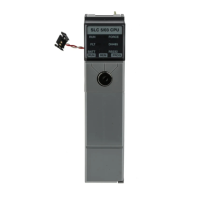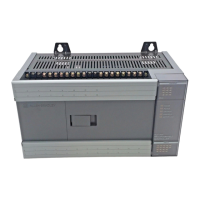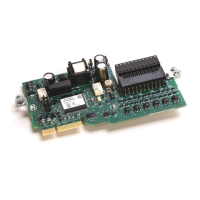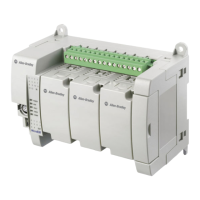Publication 1752-UM001A-EN-P - October 2006
Monitor Status and Handle Faults 135
Mode Change Errors and
Corrective Actions
The controller may return an error response when you change modes.
Use the messages displayed in RSNetWorx for DeviceNet software to
identify the error.
RSNetWorx for DeviceNet Software Mode-Change Error Messages and Corrective Actions
Message Description Corrective Action
Cannot be executed in
the current mode.
1. The device has not been
configured.
2. A fatal error (abort) has
occurred.
1. Download the device parameters.
2. Set the device switches correctly or execute a reset to clear the
configuration data and download the device parameters again.
Already set to the
specified mode.
The device is already in the specified mode.
The device has a
different TUNID.
The safety network number (SNN)
saved in the device does not match
the SNN specified from the
RSNetWorx for DeviceNet
software.
Check to see if the MAC ID of the device matches. If it matches, the
network address of the device is not the same as the network address in
the RSNetWorx for DeviceNet configuration file. Upload the network to
RSNetWorx for DeviceNet software so that the network address will be
the same.
Access error. The password used does not
provide authority to change the
operating mode.
Make sure the correct password is being used.
The device cannot be
accessed, or the device
type or password is
different.
1. The device has just been reset
or the power has been cycled,
and the device is not ready for
communications.
2. The device for which the
change mode request was
made may not support that
service.
1. Check that the device is ready for communications and try to change
the mode again.
2. Check to make sure the MAC ID of the device is correct.
Connection failed. An attempt was made to connect
to the controller via USB, but the
connection could not be made.
Make sure that power to the device has been turned on and try changing
the mode again.
It is also possible that noise or another factor has made communications
unstable.
• Make sure the communication rate of all nodes is the same.
• Make sure the cable lengths of main and branch lines are not too
long.
• Make sure a cable or wire is not disconnected or loose.
• Make sure terminating resistors are at both ends of the main line.
• Take precautions against excessive noise.
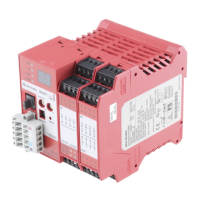
